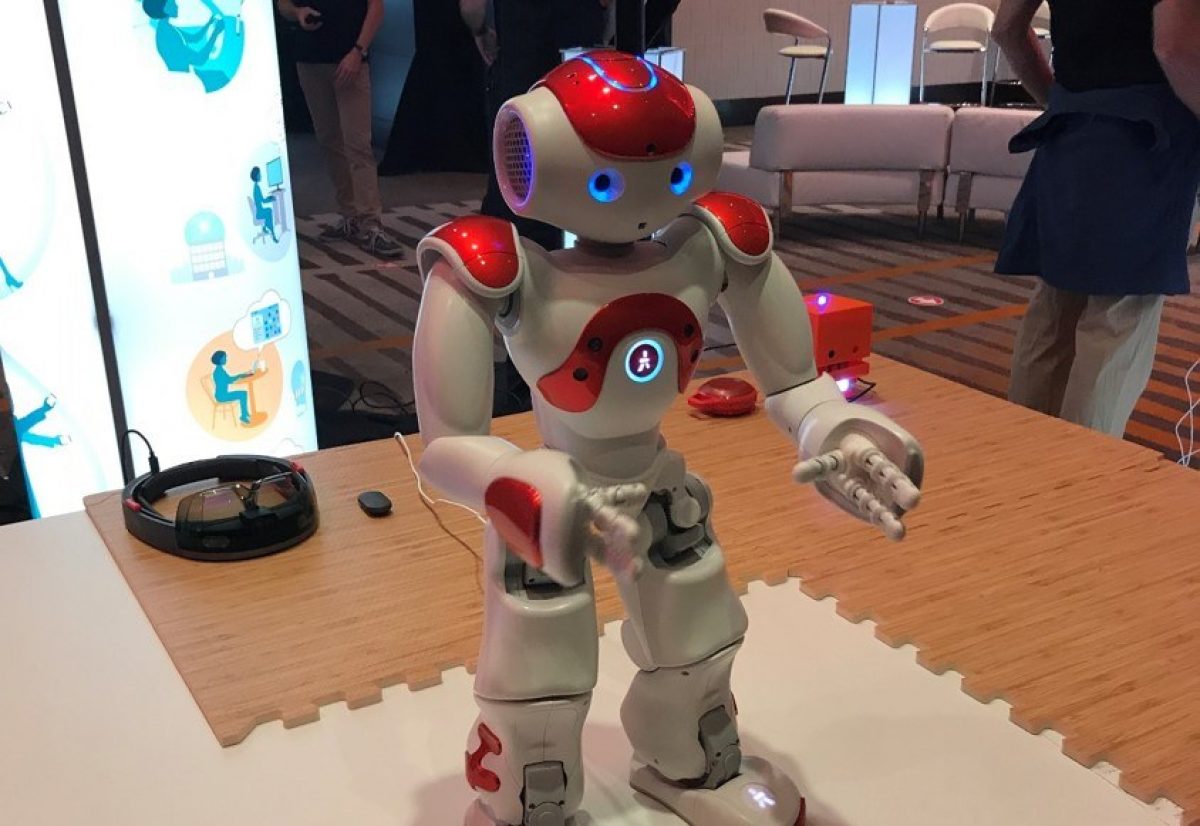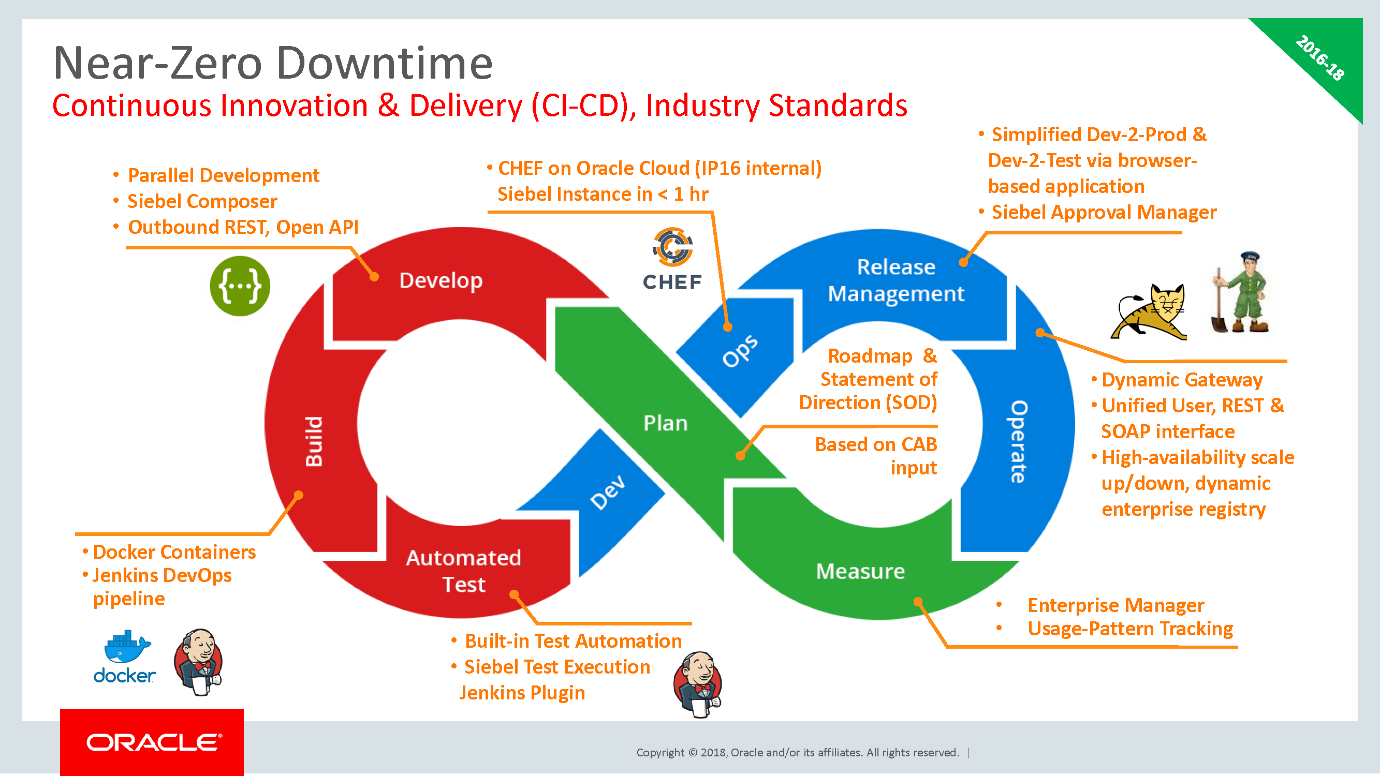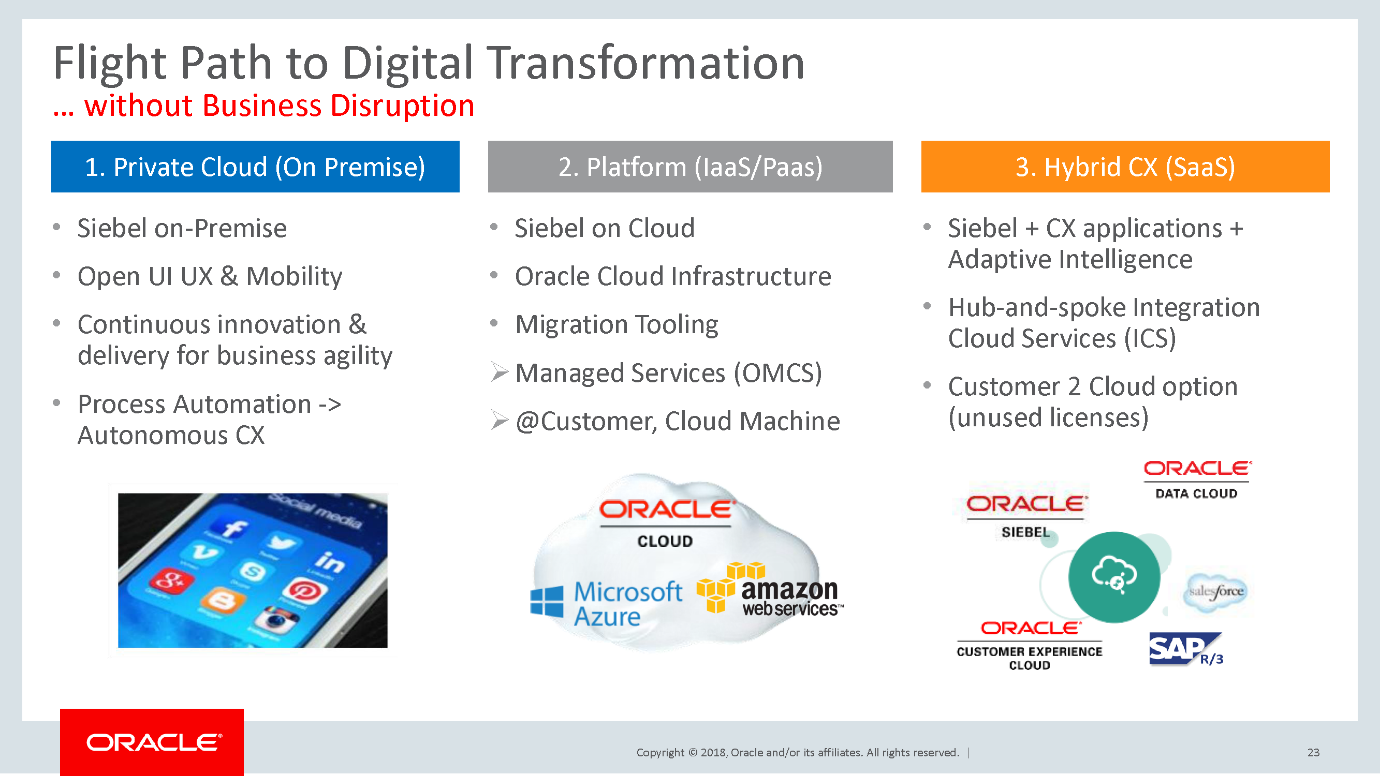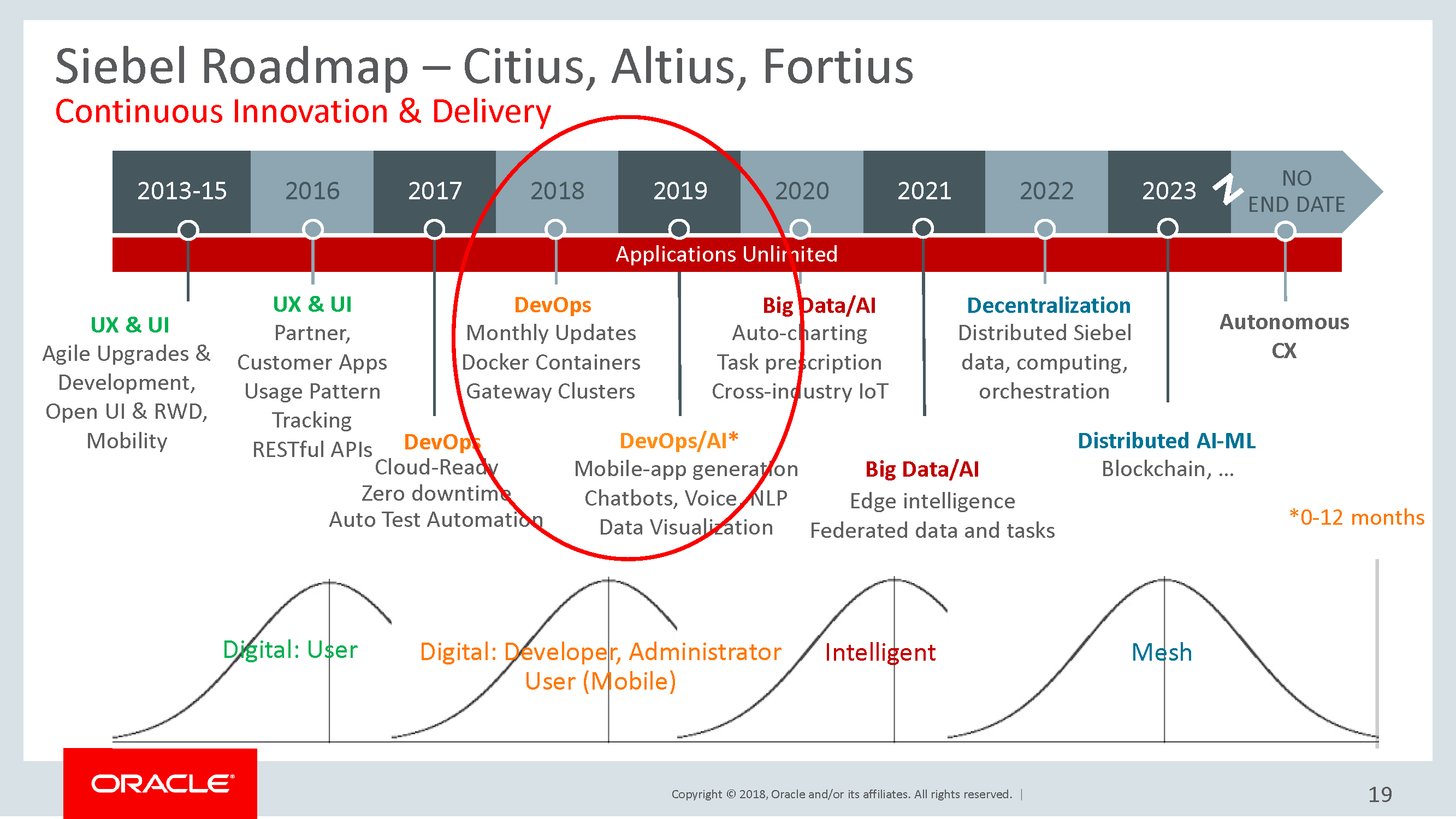Past Event: Nov 09, 2023
Retrouvez Boxfusion Consulting lors de l’événement Oracle Applications Unlimited Days, en France
1 min read

Author: Chris Trueman
5 min read
Although this year we were not presenting our Siebel success stories (the first time in five years), we took away a lot from the Customer Advisory Boards, conference sessions and the meetings with Oracle Product Managers and leaders.
With Luis having covered the CX Cloud aspect in a separate blog, this is a brief tour of some of the key Siebel-related themes that we saw.
The week kicked off with a Customer Advisory Board, led by George Jacob and John Bedford, and attended by a room packed with Siebel customers. This normally pre-empts the direction of the content for the week, and so it was this time too.
Aside from Oracle’s own efforts in improving the UX of the underlying application, several customers demonstrated what they had achieved via the application of UX techniques and Siebel Open UI to transform the way users interacted with Siebel.
This Siebel UX Transformation approach, which Boxfusion pioneered and is a leading proponent of (having shown our customer case studies at OpenWorld for the prior three years), is clearly growing in adoption, to the point where most Siebel customers at OpenWorld seem to have an Open UI/UX programme in place or are actively assessing kicking one off.
This is a positive development, showing that the benefits we have been achieving for our customers over the last five years through Open UI/UX – significantly reduced process times, higher user adoption, reduced training costs and a better customer experience – are attractive and relevant to almost every Siebel customer.
With the change in Siebel’s architecture since IP2017 to a more Cloud-friendly setup, enhanced support for developers has been a natural next step to continue Siebel’s march towards increased agility.
We’ve seen this coming through in recent Innovation Pack releases, with support for Docker and Chef for example. Darshan Kumar, formerly of the Oracle Siebel product development team and now leading a company called Dymensions.io, showed off a product they had created to automate the release (Dev – Test – Production) and testing process. This enabled a continuous integration/deployment scenario, which looked very powerful in the demonstration. On the roadmap was also the ability to rollback workspaces to a Last Known Good version, so this is something we can expect to see over the coming 12 months.

A topic that has been talked about for the last couple of years is hosting Siebel in the Cloud. We’ve seen a couple of our customers make the move already, but judging from OpenWorld the uptake is starting to accelerate.
There were several Siebel-On-Cloud success stories over the course of the week, showing examples of large Siebel implementations that had been moved up to the Cloud, and quite a number of customers had this as a roadmap item for their own architectures.

A new part of the Oracle product set is Oracle Live Experience Cloud, and this has recently been integrated into Siebel and Oracle Service Cloud.
Essentially the product enables video chat within the context of Contact/Service Request record in the Siebel application. The video chat is instigated from an app on a customer’s mobile device, calling into Siebel to make the application navigate to the relevant Contact/Service Request record prior to the video chat being picked up by an agent.
A couple of compelling use cases were covered, from the more obvious example of remote installation/support for technical equipment (e.g. an agent helping to resolve challenges with a router setup, through being able to "see" the router and cables), to the less obvious example of a public body that provides translation services to migrants when speaking with doctors or lawyers.
In the latter case, the translation services are able to then be provided remotely, instigated by the mobile app of one of the participants - a use case that is seeing significant ROI.
In the near term, we’re likely to see support for Chatbotsin Siebel, as well as enhanced support for Mobile. On the latter, the Siebel team talked about a scenario whereby Siebel will be able to generate a Mobile UI from the standard Siebel desktop configuration, to the point where it is 80% usable – with the last 20% being performed by mobile specific tweaks. This sounded very interesting, and we look forward to seeing that in action.
In the medium term, the talk is focussed on continuing the push to bring AI into elements of the Siebel product set. The slide below sets out a high level roadmap - as always subject to Oracle's Safe Harbor Agreement.

Overall, OpenWorld 2018 revealed that the fundamental changes introduced in Siebel over the last few years – the Cloud architecture and developer agility enhancements in particular – were being adopted more and more by customers.
We were also naturally delighted to hear about the uptake of the more-complete Siebel UX Transformation approach across attendees.
User Experience and Developer Agility are two of the biggest complaints from Siebel customers historically, and it is great that the tools to deal with these two aspects are finally in place and are bringing benefits.
2018 was the year that Siebel turned 25 years old, but the latest innovation that we saw at OpenWorld this year - in combination with the significant enhancements that have been made over the last 8 years and the customer success stories coming from those - shows that there is plenty of life in the product…something that will come as welcome news to those global organisations for whom Siebel is a cornerstone of their architecture.
1 min read
5 min read
5 min read